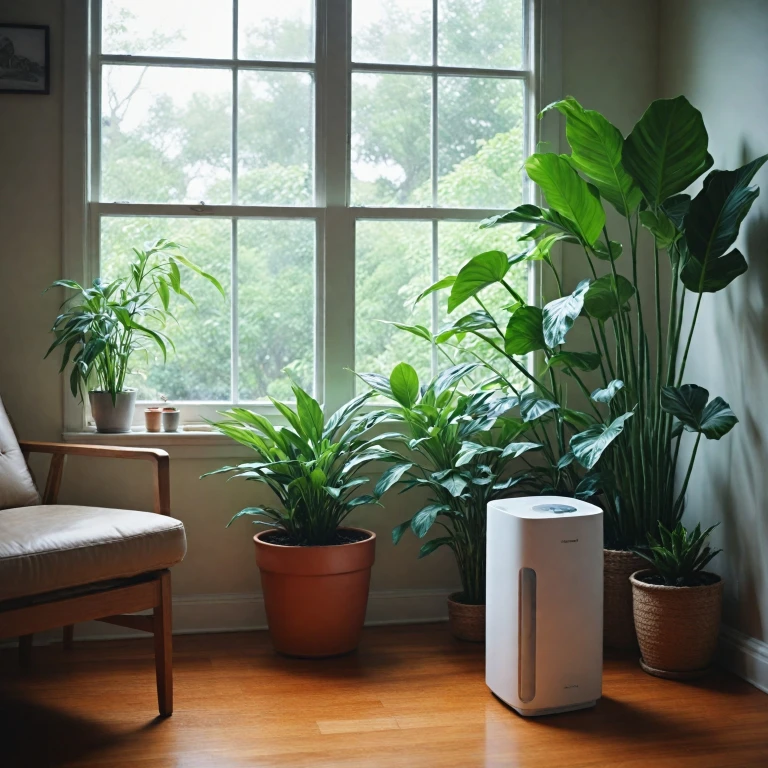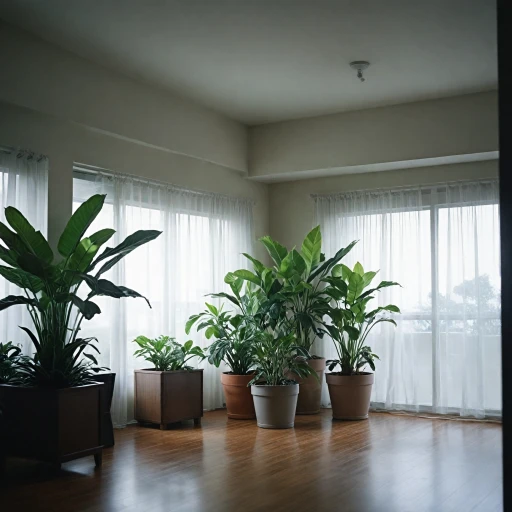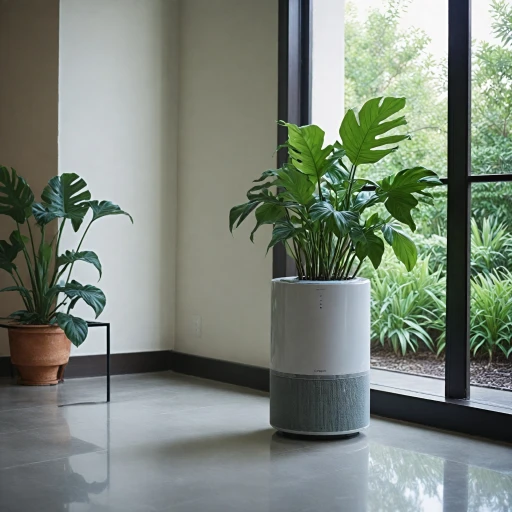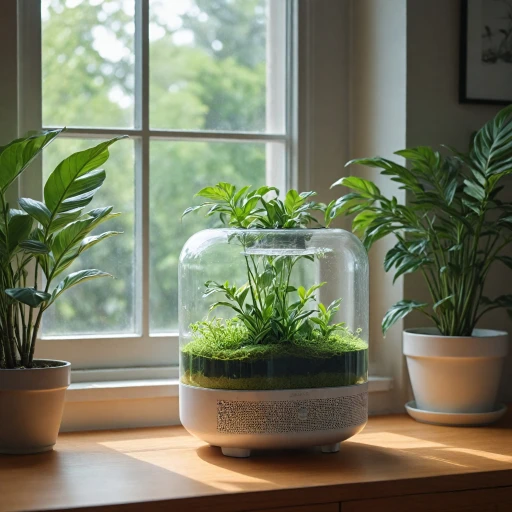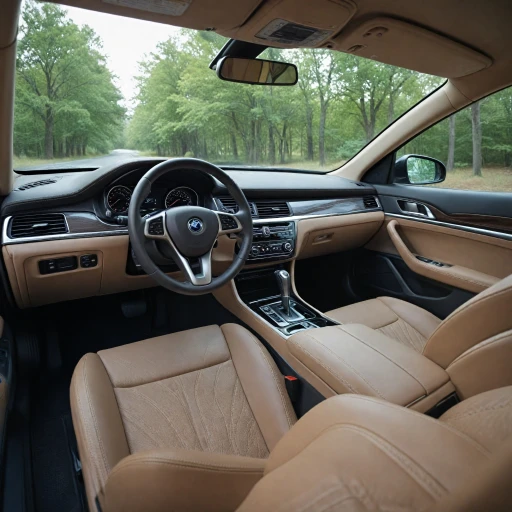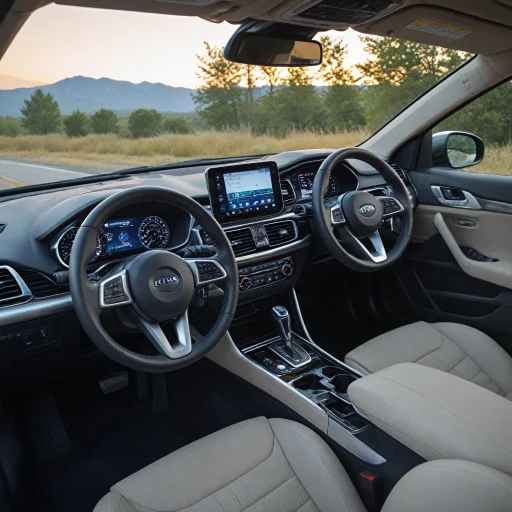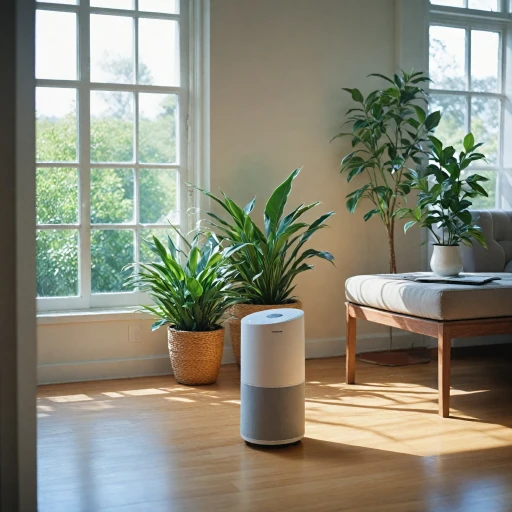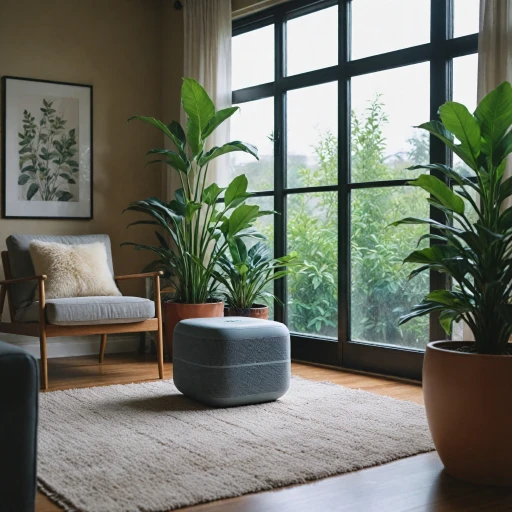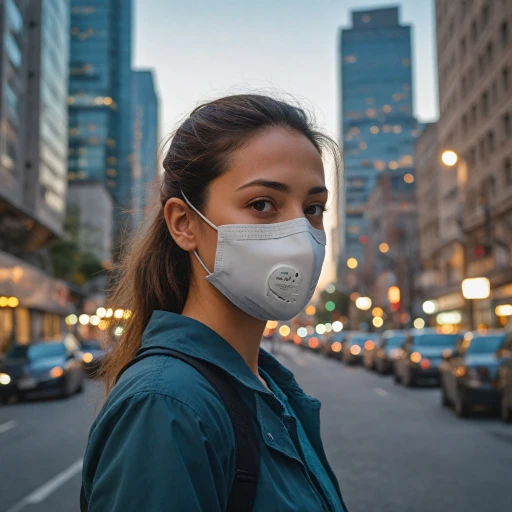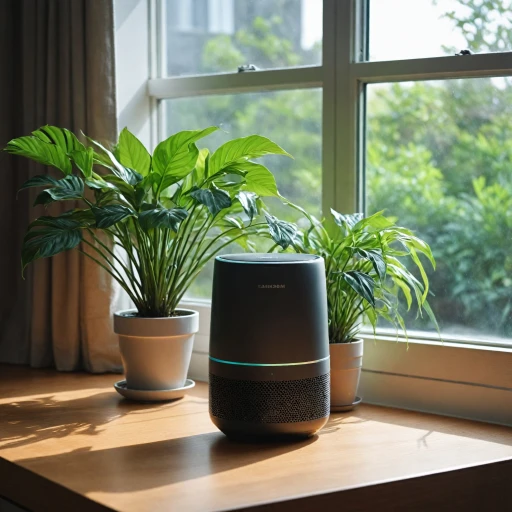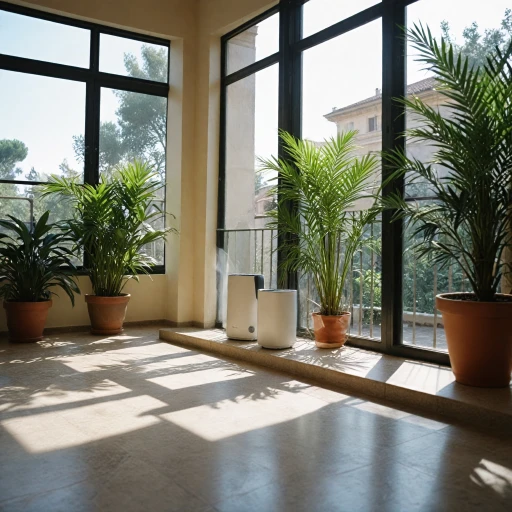
Understanding Ionizers in Air Purifiers
How Ionizers Function within Air Purifiers
Ionizers are a popular feature in many air purifiers designed to improve indoor air quality by targeting particles air laden with pollutants. At their core, ionizers work by emitting negative ions—tiny charged particles that attach themselves to airborne particles such as dust, pollen, and smoke. Once these particles are charged, they clump together and become too heavy to remain airborne, eventually falling to the ground or onto charged plates within the ionizer, allowing your space to have clean air. The principle behind this technology is rooted in ionization. This process involves using an electrical charge to create ions air that can effectively reduce the concentration of airborne particles. While an air purifier with an ionizer may not capture these particles in the same way that HEPA filters do, it still plays a critical role in improving air quality, especially in areas where smoke or allergens are prevalent. The type of ionizer, as an air purification system, differs from filters in that it doesn't trap pollutants within the device. Instead, it alters their state by giving them a negative electrical charge, which is why certain individuals prefer their functionality in specific scenarios. When considering the use of an ionizer, it’s crucial to address concerns such as the potential generation of ozone—a byproduct that, while minimal in top rated models, could impact health if used improperly. As various air purifiers incorporate different technologies, comparing them allows users to understand their benefits and potential drawbacks comprehensively. From the traditional filter-based purifiers to modern ionizer air units, understanding their unique operation can guide informed decisions ensuring the safety and efficiency of the choice. For more detailed insights into how air purifiers, particularly ionizer models, effectively address indoor air concerns such as cigarette smoke, you can explore this resource.Benefits of Using an Ionizer
Enhancing Air Purity Through Ionization
Ionizers in air purifiers bring a compelling advantage to the table by offering an additional layer of air purification that can capture and neutralize airborne particles that traditional filters might miss. By releasing negative ions, these devices can effectively work alongside HEPA filters and other purification methods to improve indoor air quality significantly. Negative ions, when released into the air, latch onto pollutants, making them fall to the ground or adhere to walls or other surfaces. This process can result in less particles circulating through your indoor space. Here are some key benefits of using an ionizer feature in your air purifier:- Increased Efficiency Against Small Particles: Ionizers are particularly good at tackling smaller particles that might slip through regular filters. The ionization process gives these tiny particles an electrical charge, allowing them to clump together and be easily captured by the purifier or drop from the air entirely.
- Complementary Role with Filters: While filters such as HEPA are excellent at trapping larger particles, the ionizer complements this by dealing with smaller pollutants. Many top rated air purifiers combine ionizers with filters to provide a more comprehensive approach.
- Odor Reduction: By binding with odor particles, ionizers can help reduce unpleasant smells in the air, contributing to a fresher indoor environment.
- Quiet Operation: Typically, air ionizers operate quietly, making them a suitable choice for those who prioritize low noise levels in devices.
Potential Drawbacks of Ionizers
Diving into the Potential Concerns
While ionizers can be a beneficial component in air purifiers, there are several aspects to consider that might impact your decision. Ionizers work by emitting negative ions into the air, which attach to airborne particles, making them heavy enough to fall to the ground or get trapped in a filter. This process can improve indoor air quality by reducing pollutants. However, there are potential drawbacks worth noting.
One primary concern is the production of ozone. When ionizers generate negative ions, small amounts of ozone may be produced as a byproduct. Although many ionizer air purifiers are designed to keep ozone levels within safe limits, prolonged exposure to elevated ozone levels can have adverse effects on health, particularly for individuals with respiratory conditions.
Another point to be aware of is that the particles that settle due to ionization could accumulate on surfaces, rather than being removed completely from the indoor environment. This might require additional cleaning efforts to maintain a dust-free space. Moreover, without a comprehensive filtration system, some charged particles may simply return to the air, especially if the purifier lacks efficient HEPA filters or similar technologies that actively remove particles.
For those who prioritize completely clean air, it's crucial to evaluate how well an ionizer air purifier works in conjunction with other technologies. Considering a model like the AirDoctor 3000 might offer a balance between ionization and other filtration methods, providing a more holistic approach to improving air quality.
Lastly, it's essential to remember that not all air purifiers with ionizers are top rated. Evaluating the efficiency and safety of a model before purchase can ensure you select the right type that meets both your air purification needs and health considerations.
When to Use the Ionizer Feature
Optimizing Ionizer Usage for Cleaner Indoor Air
When using an ionizer feature on your air purifier, timing and situation are crucial to maximize its benefits while minimizing any potential drawbacks. Here are a few considerations for when it's ideal to activate your ionizer:- Periods of Poor Air Quality: If you notice elevated levels of indoor air pollutants, perhaps due to smoke from nearby wildfires or high pollen counts, activating the ionizer can help reduce airborne particles. Ionizers work by releasing negative ions that attach to positive charged particles, causing them to become heavier and fall to the ground or be trapped by the filter.
- After Industrial Activities: If your home environment is exposed to particles air from activities such as painting, cleaning, or construction, using an air ionizer can improve air quality by reducing these pollutants effectively.
- When Dust Allergies Flare Up: Those suffering from dust or pollen allergies may find relief by running the ionizer, as it can help capture the allergens before they circulate air and aggravate symptoms.
- Limited Use in Occupied Rooms: To protect health, the ionizer feature should be used judiciously when people are present. While beneficial in reducing pollutants, ionization can produce small amounts of ozone. It's recommended to allow the room to clear of any ozone, which can be done by activating the feature when the room is unoccupied or ensuring proper ventilation.
Safety Considerations and Best Practices
Ensuring Safe Usage of Ionizers in Air Purifiers
When considering the use of ionizers in air purifiers, it's crucial to prioritize safety. Ionization can be effective in improving indoor air by emitting negative ions that attach to pollutants, causing them to settle out of the air. However, certain precautions should be taken due to the electrical charge generated and ozone production.- Monitor Ozone Levels: Ionizers generate ozone, a potential lung irritant. Although some purifiers produce minimal ozone, always check the air purifier's specifications and ensure compliance with safety standards.
- Choose Top Rated Models: Opt for ionizers and purifiers that have undergone rigorous testing and receive high ratings for safety and performance. Checking reviews and expert recommendations can guide you to suitable options.
- Use in Well-Ventilated Spaces: To ensure healthy air quality, operate ionizers in spaces with good ventilation. This helps disperse any residual ozone and circulate air effectively.
- Follow Manufacturer Guidelines: Each air purifier model differs, so adhering to the manufacturer's instructions is key. This includes recommended usage times and avoiding excessive operation.
Comparing Ionizers with Other Air Purification Technologies
Comparing Ionizers with Alternative Air Purification Solutions
When selecting an air purifier, understanding how ionizers measure up against other air purification technologies can provide valuable insight. Each technology comes with its distinct mechanism and efficacy level for improving indoor air quality. Ionizers and HEPA Filters:- HEPA Filters: Known for their ability to capture 99.97% of particles as small as 0.3 microns, HEPA filters excel in physically trapping pollutants such as dust, pollen, and pet dander. They rely on a dense network of fibers to filter particles from indoor air.
- Ionizers: In contrast, ionizers emit negative ions that attach to airborne particles, giving them an electrical charge. This causes particles to cluster together and fall out of the air or be trapped on charged collectors within the purifier.
- Comparison: While HEPA filters offer superior filtration of larger allergens, ionizers can help reduce particles that escape traditional filters, such as smoke and fine pollutants.
- Activated Carbon Filters: These are highly effective for odor removal and reducing volatile organic compounds (VOCs) by adsorbing gases and vapors.
- Ionizers: Although effective against certain particles, ionizers are not as efficient in addressing odors unless combined with other filtration stages.
- Comparison: An air purifier that integrates both ionization and carbon filtration may offer more comprehensive results by addressing both particles and odors.
- Electrostatic Precipitators: Function similarly to ionizers by charging particles, but they then capture these charged particles on collection plates, rather than letting them settle.
- Ionizers: Do not require a physical filter and are generally easier to maintain since they don't accumulate particles in the unit.
- Comparison: Electrostatic systems are more effective at keeping indoor air clean without redepositing particles, while ionizers often require an auxiliary mechanism or cleaning routine to manage residual pollutants.
- Some newer technologies, like filterless air cleaners, are gaining attention for their low maintenance and energy consumption. However, they might not match the particle capture capabilities of traditional filters and ionizers.
